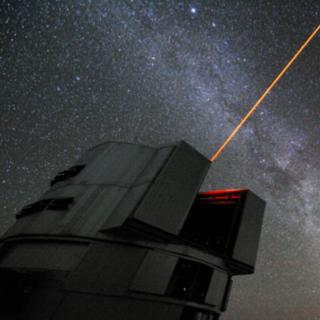Bibcode
Beaton, Rachael L.; Bono, Giuseppe; Braga, Vittorio Francesco; Dall'Ora, Massimo; Fiorentino, Giuliana; Jang, In Sung; Martínez-Vázquez, Clara E.; Matsunaga, Noriyuki; Monelli, Matteo; Neeley, Jillian R.; Salaris, Maurizio
Referencia bibliográfica
Space Science Reviews, Volume 214, Issue 8, article id. 113, 93 pp.
Fecha de publicación:
12
2018
Revista
Número de citas
87
Número de citas referidas
74
Descripción
Old-aged stellar distance indicators are present in all Galactic
structures (halo, bulge, disk) and in galaxies of all Hubble types and,
thus, are immensely powerful tools for understanding our Universe. Here
we present a comprehensive review for three primary standard candles
from Population II: (i) RR Lyrae type variables (RRL), (ii) type II
Cepheid variables (T2C), and (iii) the tip of the red giant branch
(TRGB). The discovery and use of these distance indicators is placed in
historical context before describing their theoretical foundations and
demonstrating their observational applications across multiple
wavelengths. The methods used to establish the absolute scale for each
standard candle is described with a discussion of the observational
systematics. We conclude by looking forward to the suite of new
observational facilities anticipated over the next decade; these have
both a broader wavelength coverage and larger apertures than current
facilities. We anticipate future advancements in our theoretical
understanding and observational application of these stellar populations
as they apply to the Galactic and extragalactic distance scale.
Proyectos relacionados

Evolución Galáctica en el Grupo Local
La formación y evolución de galaxias es un problema fundamental en Astrofísica. Su estudio requiere “viajar atrás en el tiempo”, para lo cual hay dos enfoques complementarios. El mas extendido consiste en analizar las propiedades de las galaxias a diferentes distancias cosmológicas. Nuestro equipo se concentra en el otro enfoque, denominado
Emma
Fernández Alvar